CLAW TOE PHYSIOTHERAPY TREATMENT:
- A claw toe is a toe that is contracted at the PIP and DIP joints and can lead to severe pressure and pain. Ligaments and tendons that have tightened cause the toe’s joints to curl downwards. Claw toes may occur in any toe, except the big toe. There is often discomfort at the top part of the toe that is rubbing against the shoe and at the end of the toe that is pressed against the bottom of the shoe.
- Claw toes are classified based on the mobility of the toe joints. There are two types – flexible and rigid. In a flexible claw toe, the joint has the ability to move. This type of claw toe can be straightened manually.
- A rigid claw toe does not have that same ability to move. Movement is very limited and can be extremely painful. This sometimes causes foot movement to become restricted leading to extra stress at the ball-of-the-foot, and possibly causing pain and the development of corns and calluses.
Table of Contents
Claw Toe Defination :
- Hyperextension and subluxation of a metatarsophalangeal joint, with flexion deformity of the interphalangeal joints and transfer of weight-bearing to the metatarsal head.
What are the causes of Claw toe?
- Rheumatoid Arthritis : This is an autoimmune disorder that causes your immune system to attack healthy tissues in your joints. As a result, the lining of your joints becomes inflamed, which can lead to joint deformities.
- C . P: This condition can affect your muscle tone, resulting in muscles that are either too stiff or too loose. It can be caused by abnormal brain development before birth or injury during delivery.
- Diabetes: This condition occurs when your body has high levels of blood sugar due to insulin resistance or inadequate insulin production. Nerve damage, especially in your feet, is one of the complications that can result from diabetes.
- Charcot-Marie-Tooth Disease :This is a rare inherited disorder that can affect your nervous system. If you have this condition, it can cause weakness in your feet and toe deformities.
- Stroke: This condition occurs when blood stops flowing to an area of your brain due to a blood clot or weak blood vessels. Strokes can cause serious nerve damage and affect your muscles, including muscles in your feet.
- Genes.
- Ill-fitting shoes.
- Osteoarthritis.
- Nerve damage cause by alcoholism.
- Spinal cord tumors.
- Polio and cerebral palsy.
- The stroke-side foot is affected.
- Trauma.
What are the signs and symptoms of Claw Toe ?
- Your toes are bent upward (extension) from the joints at the ball of the foot.
- Your toes are bent downward (flexion) at the middle joints toward the sole of your shoe.
- Sometimes your toes also bend downward at the top joints, curling under the foot.
- Corns may develop over the top of the toe or under the ball of the foot.
- aim in the affected toe, especially when moving it or wearing shoes.
- Corns and callouses on top of the middle joint of the claw toe.
- Swelling, redness, or a burning sensation.
- Inability to straighten the toe.
- In severe cases, open sores may develop on the toe.
- Corns.
- Calluses.
- Blisters.
- Pain.
- Swelling.
- Ulcers (rare).
Risk Factors of Claw Toe?
- Certain shoes. High-heeled shoes or footwear that’s too tight in the toe box can crowd your toes into a space in which they can’t lie flat.
- Trauma. An injury in which you stub, jam or break a toe can make it more likely for that digit to develop hammertoe or mallet toe.
- Abnormal balance of the toe muscles.
Deferential Diagnosis:
- Rheumatoid arthritis (RA).
- Claw Foot
Diagnosis:
Diagnostic methods used in the condition are:
- X-ray
- MRI
What are the treatment options available to treat Claw Toe?
Non-operative Treatment :
Indications :
- first line of treatment
- techniques
- provide adequate plantar padding using metatarsal and/or crest pads or orthotics to offload plantarly-subluxed metatarsal heads
- wear a shoe with a high toe box
- Avoid wearing shoes that are too short
- use a sling to hold the proximal phalanx parallel to the ground
Operative Treatment :
- EDB tenotomy, EDL lengthening, FDL flexor-to-extensor transfer (Girdlestone)
Indications
- painful, flexible deformities without contractures
- ulcerations caused by shoe wear
- Girdlestone (above), MTP capsulectomy, and proximal phalanx head and neck resection
Indications :
- fixed contracture
- Girdlestone and distal MT shortening osteotomy (Weil lesser MT osteotomy)
Indications :
- claw toe deformity of all four lesser toes
- technique
- oblique shortening osteotomy
- translates metatarsal head proximal and plantar
- Isolated FDL tenotomy
Indications :
- flexible deformity in a diabetic patient with tip-of-toe ulceration without evidence of infection
Physiotherapy treatment:
- Physiotherapists may advice to wear customized toe pads or insoles in your shoes to relieve pain.
- Customized cushions and pads are prescribed to treat bunions and corns.
- Gentle Stretching exercises and Massaging may be recommended to relieve pain and as well to re-position the affected toe.
- Ice packs are applied to treat painful swelling.
- Exercises are prescribed to restore muscular imbalance.
- Foot exercises are recommended to relax tight foot tendons.
- Manipulation and Splinting of the affected toe is prescribed.
- Exercises to stretch and strengthen the toe muscles are prescribed.
Simply use your fingers to stretch your toes. Then, exercise your toes by using them to pick things up off the ground. Recommended objects include:
Towels Curls:
his exercise will strengthen the muscles on the top of your feet and toes.Sit in a straight-backed chair with your feet flat on the floor.
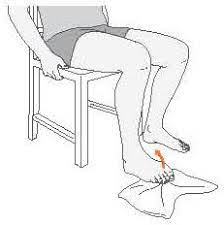
- Lay a kitchen towel or hand towel on the floor in front of you so the short end is at your feet.
- Put the toes of one foot on the end of the towel, and scrunch your toes so you pull the towel toward you.
- Repeat five times with each foot.
Marbles pickup:
This exercise will strengthen the muscles on the bottom of your feet and toes.

- Sit in a straight-backed chair with your feet flat on the floor.
- Place 20 marbles and a small bowl on the floor in front of you.
- Pick up one marble at a time with your toes and place it in the bowl. Use one foot to pick up all 20 marbles.
- Repeat with the other foot.
Small balls roll:
Rolling the bottom of your foot on a hard ball can ease arch pain and treat plantar fasciitis.
- Sit in a straight-backed chair with your feet flat on the floor.
- Place a tennis ball on the floor near your feet.
- Put your foot on top of the tennis ball and roll it around, massaging the bottom of your foot.
- Increase or decrease pressure as needed.
- Roll for two minutes on each foot.
Ergonomics :
- Avoid wearing shoes that are too short.
- Make sure the shoes you purchase can accommodate the length of all your toes, so that way there is no irritation.
- Claw toe is more common in those who have high arches.
- Avoid wearing shows that are pointed and have a high heel to prevent pushing the foot downward into a wall where the toes are squished.
- Seek expert advice to correct or manage the condition.

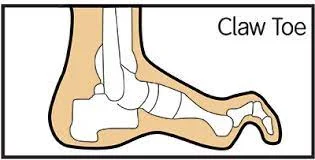
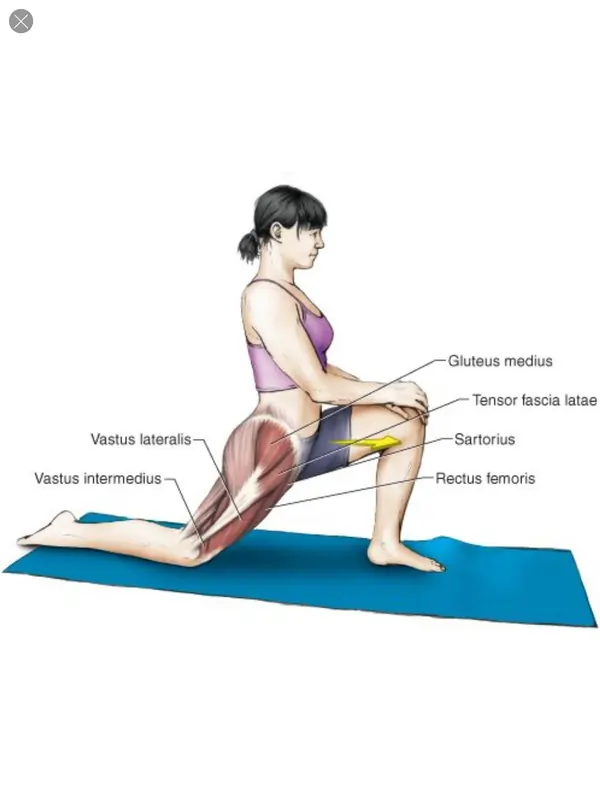
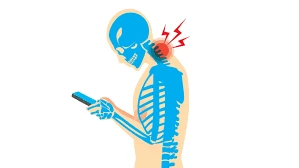
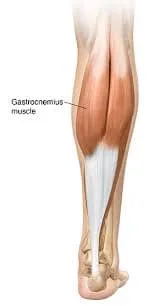

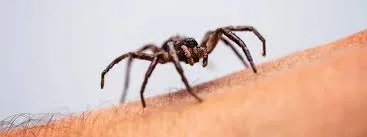
4 Comments